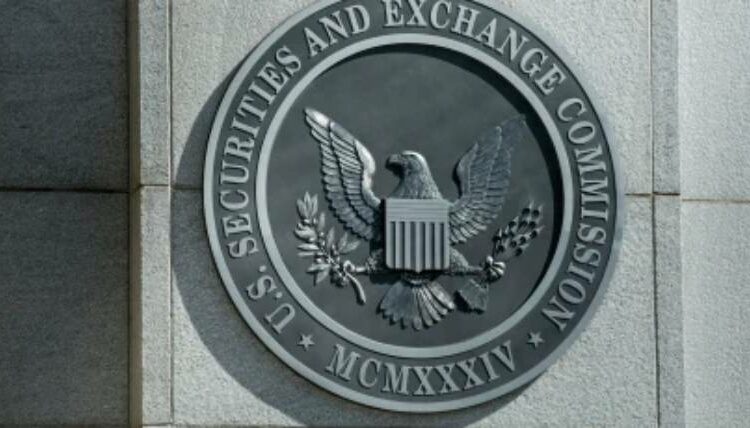Spiking security yields are likewise regularly connected with higher expansion a major issue for customers recently and they are rising now in the midst of worries that the Federal Reserve will lift transient loan fees to hold flooding costs under control. That is likewise not a welcome sign for stocks.
Increasing rates should be an awful sign for stocks. In principle, better returns for the 10-year US Treasury should make it more costly to get contracts and different sorts of shopper and business advances.
Truly, rates are still generally low, with the 10-year presently yielding just around 1.69%. That is a justification for why Peter Wilson, worldwide fixed pay tactician with the Wells Fargo Investment Institute, as of late considered the connection among yields and high expansion an “odd couple.”
Apparently financial backers don’t expect security respects climb a lot higher from current levels however, regardless of whether the Fed raises momentary rates a few times this year. That could fuel further gains in the securities exchange.
In any case, see how far and how rapidly rates have increased in a brief timeframe. The 10-year yield is up from 1.51% last Friday and was a simple 0.92% toward the finish of 2020. That implies security yields have shot up over 10% in only a couple of days and 80% in somewhat more than a year.
Long haul Treasury yields have shot up drastically, and financial backers in stocks are cheering the security market’s enormous moves. That doesn’t occur frequently. So what gives?
Money Street is having an upside down second.
Yields might not have that a lot further to climb
“Entering the New Year, a decent goal would be to rebalance across homegrown stocks, worldwide stocks, fixed pay and choices,” Kelly expressed, “both to upgrade long haul return possibilities and to ensure against the shocks that 2022 may bring.”
Kelly noticed that global stocks specifically will quite often deliver profits that yield considerably more than US securities and stocks. He said elective resources like land and products might show improvement over bonds, as well.
That craving for additional pay from financial backers who have resigned or are getting ready to as a feature of the purported Great Resignation could push areas of the securities exchange significantly higher, said JPMorgan Funds boss worldwide specialist David Kelly in a 2022 see report.
“A maturing worldwide segment that needs pay, higher worldwide obligation levels and a continuous positively trending market in values might keep loan costs from going a lot higher,” Gillum composed.
Gillum added that he expects the 10-year Treasury respect end 2022 near current levels, at 1.75% to 2%.
“We expect loan costs to move unassumingly higher in 2022 dependent on close term expansion assumptions above chronicled drifts and further developing development assumptions once the effect of Covid-19 variations retreat,” said Lawrence Gillum, fixed pay planner for LPL Financial, in a 2022 review report.
That should prompt more grounded income perhaps joined by higher expansion.
Few are anticipating the sort of shock that would lead security respects move considerably higher. Specialists accept stocks actually look more alluring than bonds in light of the fact that the worldwide economy is relied upon to proceed with its recuperation from the Covid-19 pandemic.
Ameriprise boss market planner David Joy wrote in a 2022 standpoint report this week that security yields “are relied upon to go under additional vertical tension” this year. He accepts they might finish out around 2%, which would prompt “unsatisfying returns” from Treasuries.
John Kaczynski lives in America. His mother is house-wife and his father is a cartoonist. After high school, John attended college where he attended childhood education and child psychology. After college, they worked with special needs children in schools. He had always been interested in what he had decided to go to the publication before becoming a writer. More than that, he published a number of news articles as a freelance writer on The Insure Life.
Disclaimer: The views, suggestions, and opinions expressed here are the sole responsibility of the experts. No The Insure Life journalist was involved in the writing and production of this article.

